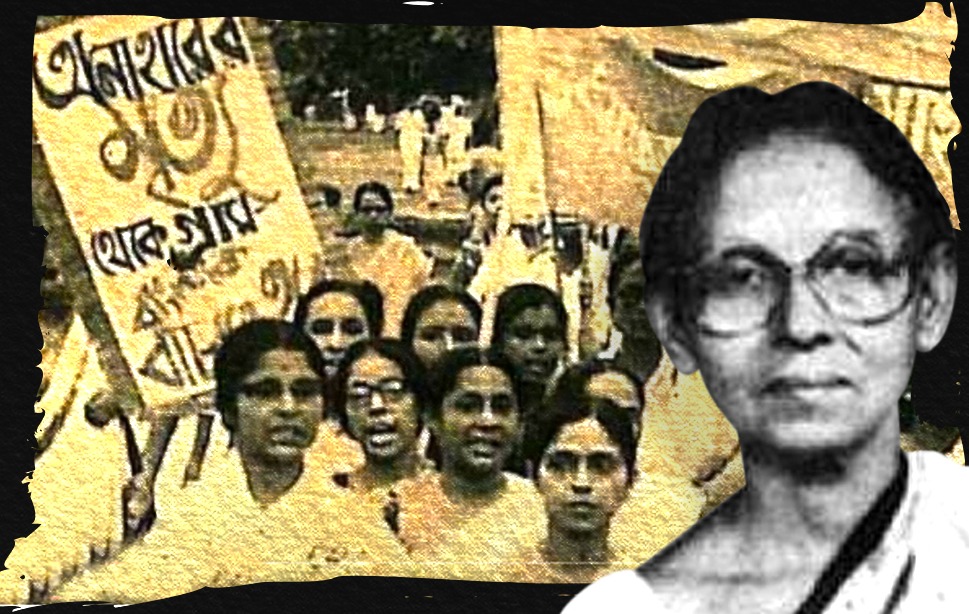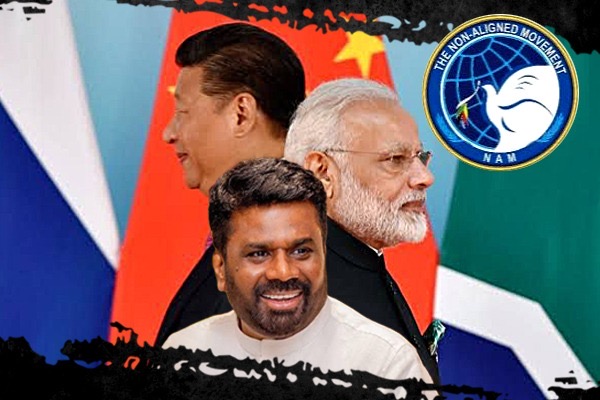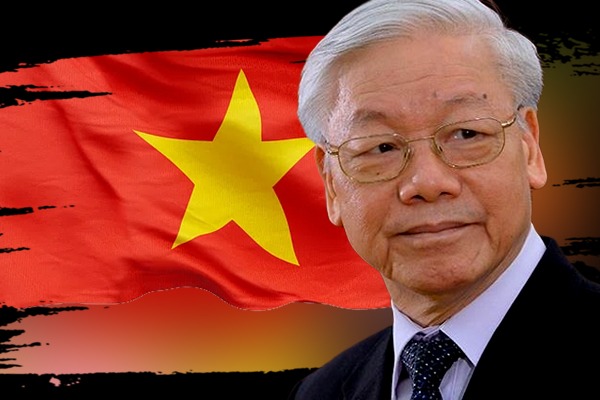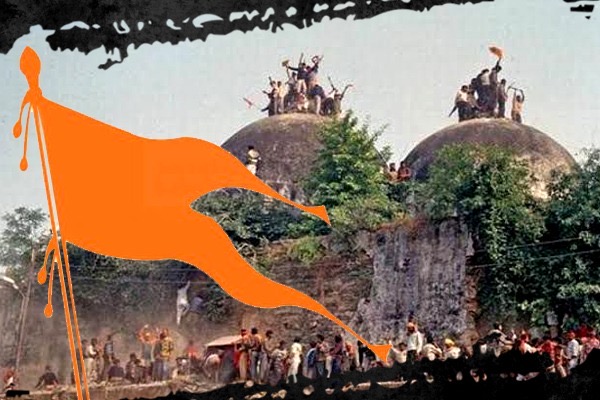The 2024 Paris Olympics took place about three months ago and Manu Bhaker won our hearts by becoming the first Indian athlete to win two medals in a single edition of the Olympics. From Karnam Malleswari in the 2000 Japan Olympics to Manu Bhaker in 2024 Paris Olympics, India has got eight female athletes bringing her accolades in various sports and yet, the struggle stories of many female Indian athletes keeps discomforting us every now and then. The topic of this post, however, is not the struggle stories of female Indian athletes but the stories of struggles put forth by a woman who was also an athlete once, albeit an Olympic level one.
We are talking about Ila Mitra who is known for her political activism as a hardy communist leader of the Tevaga movement in the 1940s. As a young girl, Ila Sen had excelled in swimming, basketball, and on the running tracks. With encouragement from her father Nagendranath Sen, the Accountant General of Bengal at that time, she had already become a celebrated junior champion by the age of 13, collecting many trophies and awards.
At the age of 15, she was invited to represent India in the 1940 Olympics in Helsinki. But the young athlete’s dreams were shattered as the 1940 Olympics got cancelled due to the second world war. Destiny took her on an altogether different journey, though she carried with herself the sportsman spirit she had found early in life.
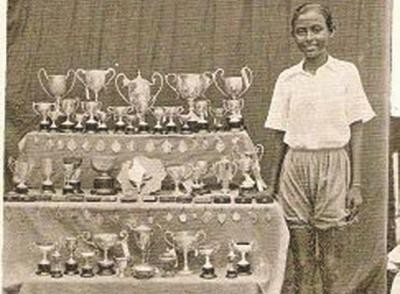
The second world war wreaked havoc on Bengal. The war and a terrible cyclone in the winter of 1942 caused severe shortage of food which finally led to the Bengal famine of 1943-44. Ila participated in the relief work organised by the Mahila Atma Raksha Committee (MARS) of the Communist Party of India (CPI). This was an initiative to safeguard women against various socio-economic ills ranging from women trafficking to poverty and hunger.
A couple of years later, she got married to Ramendranath Mitra, also a member of the CPI. Ramendranath belonged to a zamindar’s family in Nawabganj. After the partition of Bengal in 1947, Nawabganj fell in the then East Pakistan but Ramendranath’s family decided to stay there nonetheless.
In the wake of the Tevaga movement led by the Communist party, Ila and Ramendranath persuaded their own peasant tenants not to give their landlords any more than a third of the harvest. Ila travelled from village to village and addressed public meetings to convince the marginalised communities of their rights. She became widely popular among the Santhals who affectionately called her ‘Rani ma’. Women also participated in the movement in large numbers.
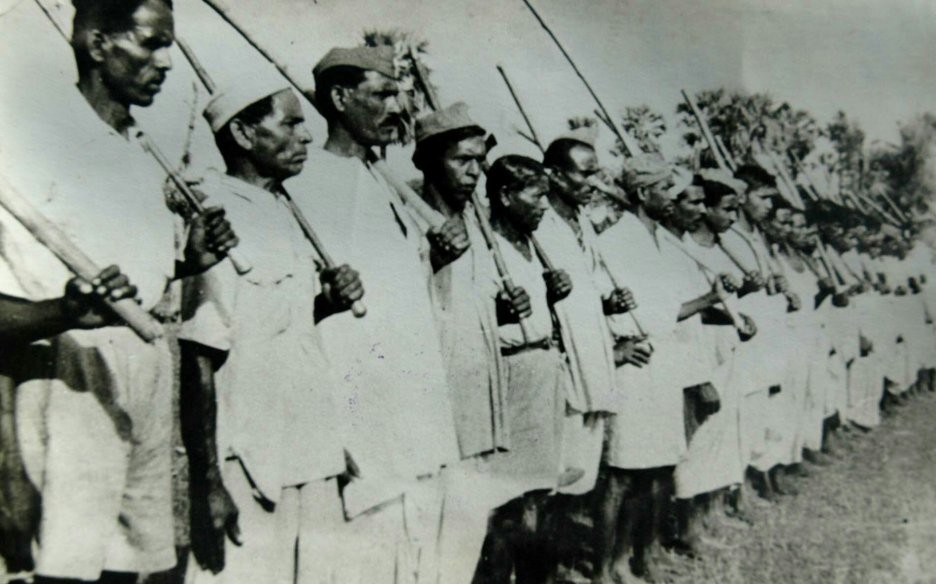
In January 1950, a protest in Nachole turned violent and four policemen got killed. Despite trying to escape in disguise, Ila got arrested on the charge of murdering the policemen. What she experienced afterwards remains one of the most brutal accounts of custodial rape till date. The sever torture of four days left her unable to walk for about five years. Her public testimony of the rape was very justifiably viewed as an act of immense courage, indeed a first of its kind, especially given how the society looked at women’s purity, and made her a prominent face of early development of feminism in Bengal.
As her health deteriorated, she was released on parole and transferred to Kolkata in 1954 for treatment. She lived in India for the rest of her life. Gradually recovering from her injuries, Ila completed her Master’s degree and started working as a lecturer. She also represented the Maniktala constituency at the Legislative Assembly of West Bengal for 15 years between 1962-1977. Although she never held any administrative position since the Left came to power in Bengal in 1977, she always remained a genuine critic and a well-wisher of the party.
On 13th October 2002, this dauntless warrior passed away in Kolkata. A communist all her adult life, she left a legacy of resistance for numerous young activists. She may not be very widely discussed in the political discourse of India, even Bengal, but her struggle for justice and fairness remains a source of inspiration to those who know about her. An icon of resilience, Ila Mitra herself attributed her physical and mental endurance to her past training as an athlete and the disciplined lifestyle she had always maintained. She could not fight for an Olympic medal, but remained indomitable in her struggle for a collective cause above and beyond her personal glory. Young revolutionaries fighting for the rights of the oppressed people will always find inspiration in the accounts of her ordeal.

